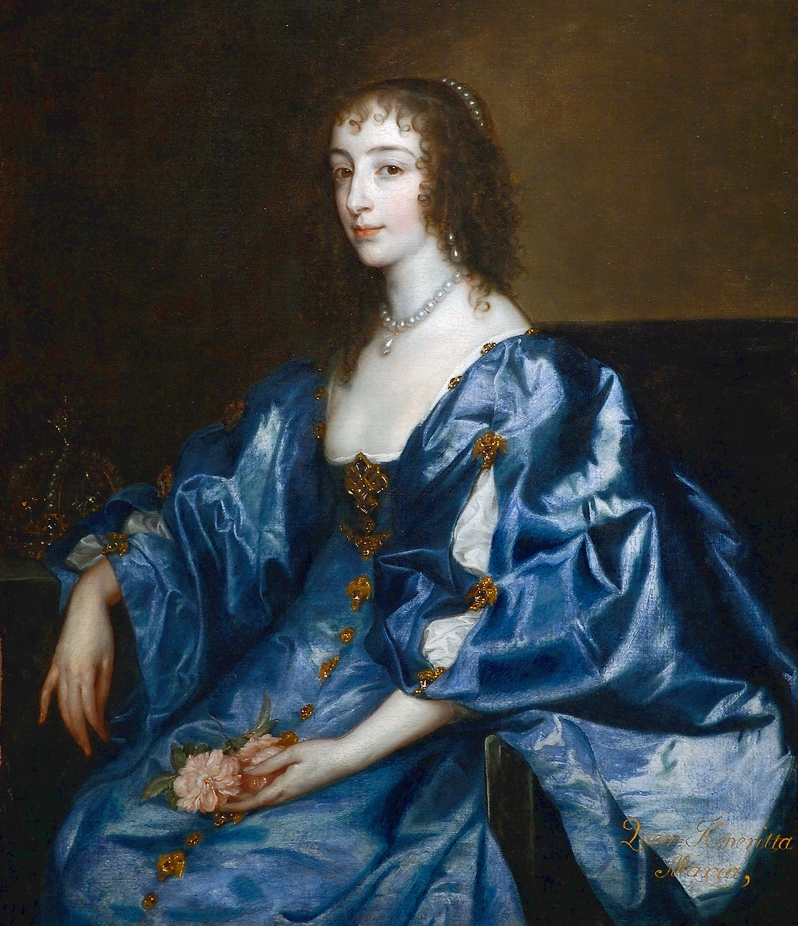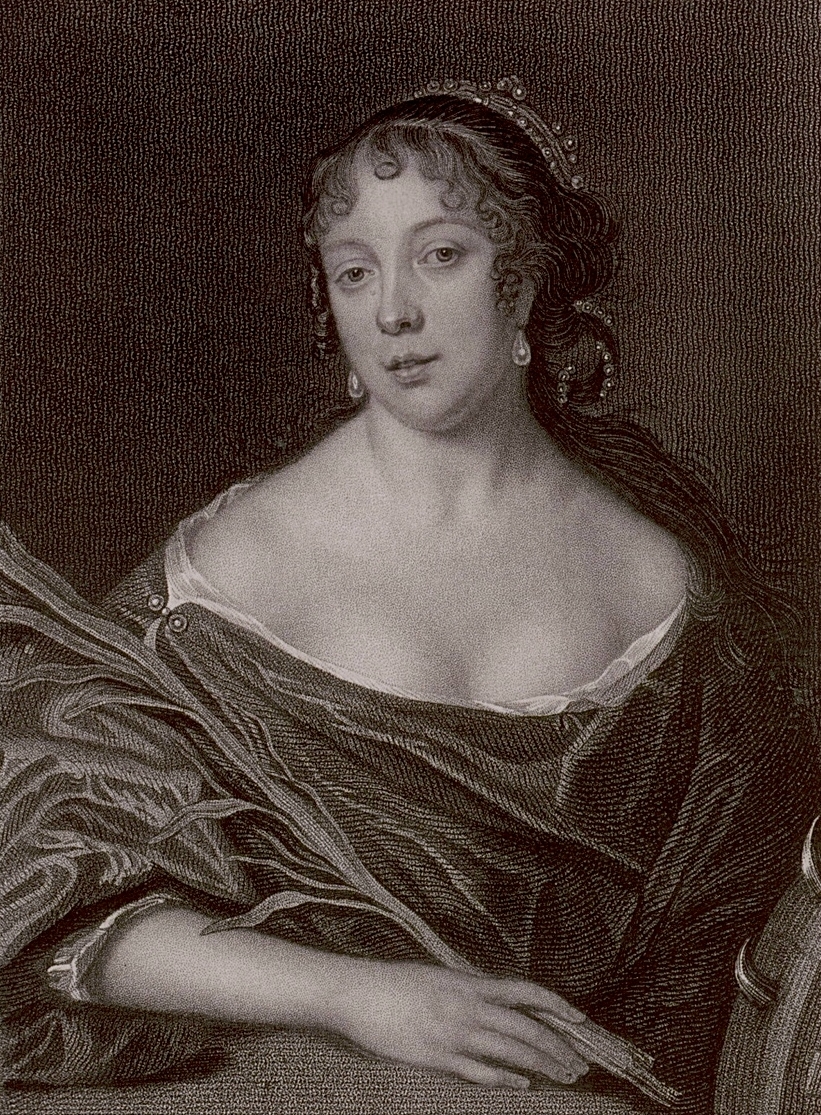A question I see pop up often, and one that continues to spark much debate in online costuming communities and between historians of dress is: Did early modern women wear anything under their skirts? If so, did they wear drawers?
Susan North’s recently published book, Sweet and Clean?, is one recent scholarly text that has tackled this question. In the book she offers ample evidence for the use of drawers by men during the seventeenth and eighteenth centuries.[1] When it comes to women, she writes that ‘drawers for women, [is] a question that continues to baffle dress historians’.[2] She offers examples of women wearing drawers in the eighteenth century to argue that it was indeed possible for women to wear such an undergarment. However, she does not provide evidence for the seventeenth century.
Most surviving evidence of drawers being worn by women comes from sixteenth-century Italy, where sources described sex workers as wearing these garments in gender-bending displays of eroticism and the subversion of social norms.

Early modern English ballads depict men and women fighting over what could be drawers or breeches, or, more literally, fighting over who wore the pants in the relationship. The wearing of drawers by women in the context of this type of moralising literature made their husband into a cuckhold, thus undermining his authority and threatening early modern ideas of masculinity.

However, moralising literature often tells us more about anxieties early moderns held, rather than the reality of what was actually happening, especially when it comes to dress practices. In this blogpost then I want to set the record straight that, yes, women could and did wear drawers in the seventeenth century.
The earliest example from the seventeenth century is a pair of drawers on the effigy of Queen Elizabeth I in Westminster Abbey. Funerary records show that these were specially constructed in 1603, as a warrant relating to funeral expenses noted,
‘And to John Colte for the Image representing her late Majestie with a paire of straight bodies a paire of drawers…’[3]
Janet Arnold examined these drawers and noted they were likely made of fustian and gathered into a waistband that had worked eyelet holes similar to those on breeches. Whether this is a garment that Elizabeth wore (Arnold does not mention if they appear in her accounts) or if they were made to pad out the hips and legs of the effigy (they are stuffed with what appears to be hemp) is unknown.[4]

By the 1630s, Queen Henrietta Maria’s accounts contain multiple references to drawers made from linen and wool.
In May 1631 her French tailor George Gelin billed the wardrobe for:
‘18 pare of Holland drawers for her majesty binded with ribbon for the making of them’.[5]
On 17th August 1639, Henrietta Maria’s other tailor James Bardon
‘delivered into the office of her Majesty’s wardrobe two pair of woolen drawers for the mend & bordering of them’.[6]

While it is possible that the queen’s drawers were the result of French influence on her wardrobe (she was after all a French princess), there is also evidence that non-royalty wore these undergarments around the same time too.
In 1642, the probate inventory of the widow Elizabeth Burges of St. Nicholas Parish in Bristol recorded
‘one payer of cotten drawers at s. j [1 shilling]’[7]
Here cotton likely referred to a woollen fabric rather than cotton-fibre textiles. Whether these drawers belonged to Elizabeth, or another family member such as her husband is unclear.
In the 1660s Samuel Pepys made ambiguous references to the morality of his wife Elisabeth’s drawers as he was frequently concerned about whether she wore them when visiting her male dance teacher (who Pepys often suspected she was having an affair with).[8]
He recorded in his diary on the 15 May 1663 that
‘But it is a deadly folly and plague that I bring upon myself to be so jealous and by giving myself such an occasion more than my wife desired of giving her another month’s dancing. Which however shall be ended as soon as I can possibly. But I am ashamed to think what a course I did take by lying to see whether my wife did wear drawers to-day as she used to do, — and other things to raise my suspicion of her, but I found no true cause of doing it’.

On 4 June of that same year, Pepys again wrote that
‘I whiled away the morning up and down while they got themselves ready, and I did so watch to see my wife put on drawers, which poor soul she did, and yet I could not get off my suspicions, she having a mind to go into Fenchurch Street before she went out for good and all with me, which I must needs construe to be to meet Pembleton, when she afterwards told me it was to buy a fan that she had not a mind that I should know of, and I believe it is so’.
Rather than wearing drawers indicating a lack of morals or a proclivity to promiscuity (as it did with Italian courtesans) it appears that Pepys was more concerned with whether his wife might allow her dance teacher easy access to her nether regions by not wearing this garment.
In 1688, the linen draper supplied Queen Catherine of Braganza’s wardrobe with
‘fine frieze holland for drawers for her majesty’.[9]
Although a bill does not survive, presumably it was Catherine’s seamstresses who made these linen drawers up, along with other goods from the linen supplied.

Both men and women could wear drawers during the seventeenth century, and tailors and seamstresses made these garments for both genders. It appears that, like North has suggested for the eighteenth century, women likely wore them for warmth or riding. Or as Pepys’ diary entries suggest, even modesty. Or perhaps the comment by Pepys about his wife being a ‘pour soul’ for putting on drawers was because it was summer and the weight of all her skirts would already have been hot. Timing of the queens’ bills suggests that woolen drawers were more common in winter and linen in summer, although a much larger sample would need to be taken to determine this.
Much more research is needed the make firm statements about the history of women’s drawers in the early modern period. As Pat Poppy helpfully points out in her comment below, most of these references relate to Francophile women living in England: Henrietta Maria was a French princess and Elisabeth Pepys’ father was French (her mother was not). Catherine of Braganza’s wardrobe, as my forthcoming book will show, was also heavily influenced by French fashions. So was this a French thing?
I will continue to update this post as I come across references. But what is certain is that drawers were certainly owned and worn by some women in seventeenth century England. How widespread the practice was remains to be determined.
References
[1] Susan North, Sweet and Clean?: Bodies and Clothes in Early Modern England (Oxford: Oxford University Press, 2020), 126-30.
[2] North, Sweet and Clean?, 131-2.
[3] The National Archives UK (TNA), E 351/3145, fol. 25, transcribed and cited in Janet Arnold, ‘The “pair of straight bodies” and “a pair of drawers” dating from 1603 which Clothe the Effigy of Queen Elizabeth I in Westminster Abbey’, Costume, 41 (2007), 9.
[4] Arnold, ‘The “pair of straight bodies”’, 8-9.
[5] TNA: LR 5/64.
[6] TNA: LR 5/67.
[7] Transcribed in Edwin George, Stella George and Peter Fleming, eds., Bristol Probate Inventories, Part 1: 1542-1650 (Bristol Record Society, 2002), 125.
[8] https://www.pepysdiary.com/diary/1663/05/15/#c47569 and https://www.pepysdiary.com/diary/1663/06/04/
[9] TNA: LR 5/83.






I suppose ‘drawers’ also appear in English inventories named by versions of a French word ‘caleçon’, as callisons, calzons, etc. Unless these are Anglicized terms for something else …
Oooh I haven’t come across this before. Have you noticed it much in your work Michael? It’s a really interesting theory though! I’ll look into my database and see if I can find anything
Not seen this word very often! There are mentions of Holland linen for ‘callesons’ in Mary, Queen of Scots’ French-written wardrobe account for June 1563. ‘Je delivre sept aulnes de Hollande pour faire six paire de callesons pour la Royne’, and in October 1561, for the entertainer La Jardiniere, ‘cinq aulnes de toille blanche pour faire trois paires de callesons pour ladicte Jardiniere’, printed in Joseph Robertson’s ‘Inventaires’ (1863), pp. 126, 138. According to Cotgrave’s later French-English dictionary, (under calçons) these could be drawers. Perhaps there are ‘calsons’ as drawers-like legwear to be found in English inventories.
Perhaps indeed! I’ll be on the lookout from now on for any mentions of ‘calsons’ or the like! 🙂
Would like to see the correct images. The email shows mostly repeats of the first cartoon.
The images have been fixed, if you look at the post in your browser they should be correct.
Pat Poppy had a really useful reply to this post on Facebook that I want to include here:
‘I think I’m with Susan North on this. There is no real evidence for them being worn much by women in England in the 17th century. The evidence appears to be firstly the drawers on Elizabeth I’s effigy, but there are no drawers listed in either the Stowe or Folger Inventories of Elizabeth’s clothes. Secondly two women of French origin, Henrietta Maria, and Elizabeth Pepys, who was the daughter of Alexandre St Michel, who came over with Henrietta’s retinue. Thirdly Catherine of Braganza, again a foreigner. The reference to the probate of Elizabeth Burges is more interesting, as well as the cotton drawers you mention she also has a pair of linen drawers worth 1 shilling, these might be hers, but they might have belonged to her late husband. I have I think currently over 26,000 references to Stuart period clothing from wills and probates, only 35 are to drawers, and of these only the one, Elizabeth Burges, is female. The other question is what is meant by drawers, they are not always underwear, one reference states specifically “one paire of greene & oliefe coloured drawers to weare over britches,” on one occasion James Master goes to bathe in the baths at Bath and gave money to the clerk for drawers. The only English reference to women wearing drawers I know of refers to a smock race, The Virgins’ race where women ran “in half shirt and drawers.”‘
I was interested to see ‘drawers’ translated as ‘hosen’ in thieves’ cant (Thomas Harman, A Caveat for Common Cursitors, 1567 onwards, and again later in the Gull’s Hornbook and other works by Dekker).
Ooh interesting! Thanks Tamsin! I think there’s definitely a lot more research needs to happen to get to the bottom of this 🙂